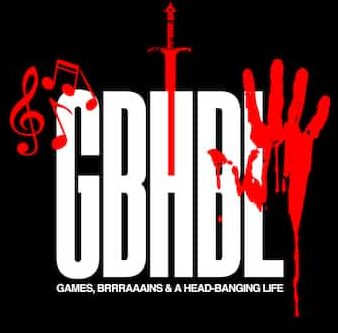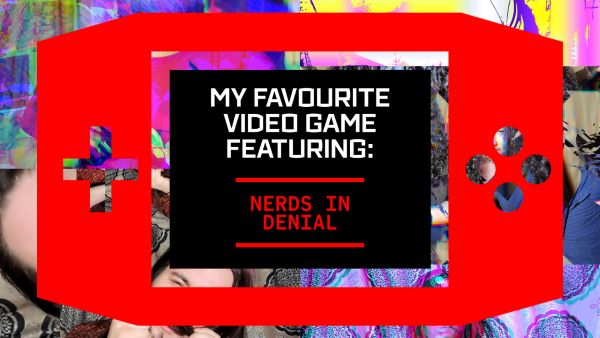My Favourite Video Game Featuring: Nerds in Denial
My Favourite Video Game is a guest feature from bands and artists where we set them a simple task… tell us about your favourite video game. In this feature all 5 members of craft-rock fusion band, Nerds in Denial take up the mantle and you can read all about their choices below.

Ben: Honestly I’m stuck. There’s a good game for a lot of different circumstances but alas for my all-time favorite I’m saying Pokémon Sapphire. The finesse though.
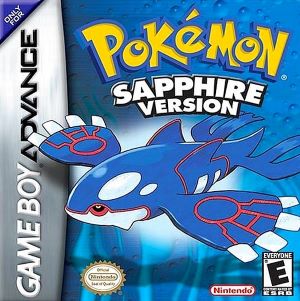
Dashuan: Given the fact that I love Greek Mythology; God of War has to be mentioned in this gaming conversation. While I don’t game excessively, I do have times where I go on hour-long binges. When I do that, I look for games that have some sense of substance, or storyline that isn’t a quick run through, laced with challenges and consequences. The storytelling plays a big part, but the evolution of graphics in gaming has also taken a turn that makes gaming in high definition, change the childhood “nostalgia” of the games we’ve grown up with.
Even seeing the story evolve into a different generation. Giving Kratos a son, and a new start at “life” was pretty dope to see happen. It feels like I’ve watched the character grow through adversity, and even having such a close look at “what may have not been covered in history books”, or just flat out ‘made up’ shit? I love the journey, in and of itself, as an experience.
Don’t get me confused with somebody who actually gives a fuck about gaming, because I’ll run the game through on EASY, just for the story and play through and up the difficulty. I’m not out here proving no points. Salute to all those who ‘button-mash’ religiously though!
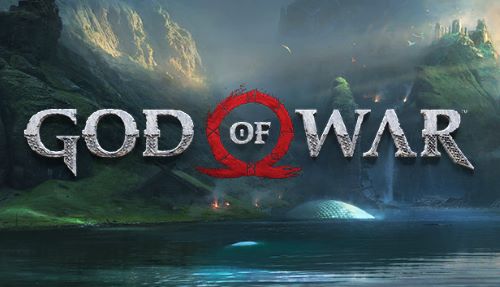
Devin: There are many, many video games near and dear to my heart – games that my brother Matt and I grew up playing together on our original Xbox. Jet Set Radio Future, Medal of Honor, Sphinx and the Cursed Mummy, David Mirra BMX, the Halo series – we had a lot to choose from. However, there’s one game that will stay with me until the end of time, more than any other, for better or for worse. That game is called The Elder Scrolls III: Morrowind. And, instead of trying to summarise what Morrowind’s story is about, I want to talk more about my experiences playing it as a kid.
Morrowind is not an easy game to explain to others, nor is it an easy game to play – or even look at. Taking all of this into account with the fact that I started playing it at the age of 11 or 12, and it’s a wonder that I ever got into it at all. To me, Morrowind is best described as the most mystifying, unique, expansive, frustrating and insane fantasy-action-RPG apotheosis simulator ever conceived of. Being as young as I was when I started playing it, there were so many story elements, bits of dialogue and events that took place that were very difficult for me to understand, and yet it was still entrancing to me. The fact that I struggled to understand this world just made it all the more huge and mysterious and wonderful and expansive and complex – it seemed as though I could play forever, and still find new things to go see, new people to talk to, or new weapons and armor to discover.
Being based on old-school tabletop RPG rule sets and skill trees, Morrowind has some quirky mechanics underneath the hood that make absolutely no sense to look at while you’re playing. For example, your chance of success for completing most tasks in the game depend on multiple variables, including the level of the relevant skill and attributes for the task, the amount of fatigue you have, and your level of luck. So if you are attempting to attack an enemy with a weapon you’re not skilled at, using skills that you aren’t trained in, you may find yourself swinging over and over and over just for none of your hits to land and no damage being dealt to your enemy. As you can imagine, a kid like me with no knowledge of these old systems, being provided with no explanation from the game… this was seriously frustrating.
Thankfully, Morrowind is a game literally full of glitches and exploits, making it possible for a child like me to abuse every system possible to create a character of god-like power at level one. This was a huge relief for me, and I took advantage anywhere I could, just to make the game playable and maybe a little less terrifying. If you can’t land swings or pick locks, why not create broken spells to increase your skills and attributes literally off the charts? If walking feels too slow, why not make a broken potion of Levitation and fly around like Superman? If you need money, why not steal priceless artifacts and go sell them to a secret, drunken, talking crab that carries more money to barter with than any other merchant in the game?
To be honest, I haven’t even scratched the surface of how insane this game is, or what it means to me. Maybe part of it is just an everlasting sense of childlike nostalgia – but I’ll always love Morrowind, and I’ll always come back to play it every now and then for the rest of my life. You got me hook line and sinker, Todd Howard.
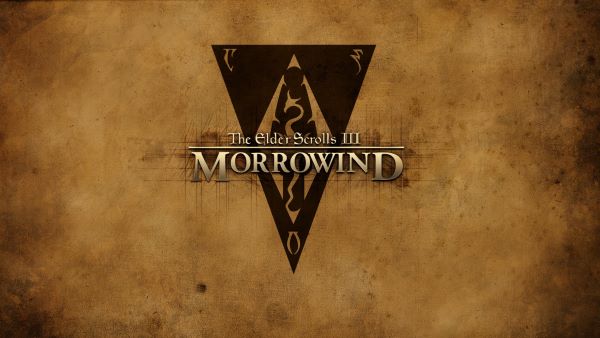
Richie: I’m here to talk about Assassin’s Creed: Odyssey. I’ve played through almost every Assassins Creed game, but I think my favorite has to be Assassins Creed: Odyssey which I’ve personally played though twice, plus the DLC. It’s set in Ancient Greece during the Peloponnesian War, pre-dating the events that occur in Origins, making it the TRUE Origin in my opinion though you play the game as a “Misthios” or mercenary, whereas the other games you play as a member of the Assassins, but don’t worry, the main campaign is almost entirely based on locating and murdering all the members of “The Order of the Ancients” which eventually become “The Knights Templar,” the villains in the original game.
One thing I always appreciated about these games was their commitment to telling history, and in Assassins Creed: Odyssey you play on a scaled down map of Greece with all the Greek Isles, city-states and capitals including many landmarks like the Parthenon and the Minoan Ruins. Also it wouldn’t be a true Odyssey without some mythical beasts, and this game has no shortage of those: The Minotaur, Cyclops, The Sphinx, Hades, and Medusa just to name a few. Luckily, you don’t have to fight these monsters alone. You can tame wild animals to fight with you and have your back. My favorite is the extremely large Alpha Bears, which are completely white and look fully out of place compared to the Grecian surroundings, but who needs to be sneaky with a giant Alpha Bear?
Greece is also known for its many islands and the sailing mechanic in Odyssey is the best I’ve personally used. Your ship, the Adrestia, can be equipped with arrows, spears and a reinforced hull for tearing ships in half. Also in the DLC you can add Flamethrowers to the front of your ship for extra carnage. While sailing from place to place you will also see a whole grab bag of sea life poking through the waves including whales larger than the Adrestia. The Gods also seem to be watching and judging as you play. The game is “Choose your own Adventure” and gives you many choices that lead to multiple endings, though I noticed if you make questionable moral choices, the weather will turn for the worst. It’s incredible.
There’s no doubt, I love this game, and I don’t think I’ve truly seen everything it has to offer with its ever changing plot. For me, it’s all the little details in the game, from the conversations between NPCs that give you hints on current quests, to the almost unnoticeable fuzzy’s and petals floating through the air. I deeply enjoy this game and am very excited to see what Ubisoft does with this new Star Wars game.
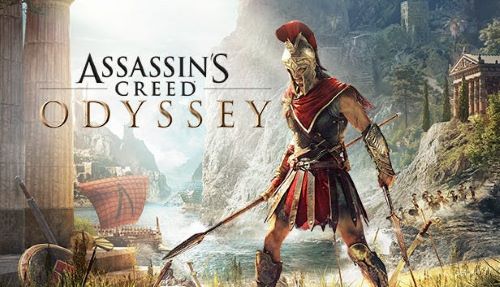
Tim: It’s very difficult for me to pick a favorite video game, so instead I’ll talk a bit about two bangers from the 90s – Crash Bandicoot and Half-Life. Very different games, but both influential in my early days of gaming, not to mention the whole gaming industry as a whole. For the uninitiated, Crash Bandicoot is a 3D platformer series originally made by Naughty Dog (that’s right, the Uncharted folks), and Half-Life is a first-person shooter made by Valve.
So, let’s start with Crash Bandicoot. WOAH, amirite? This was one of the first games that really got me into the platforming genre, and boy is it TOUGH. Crash 2 and 3 were a bit more polished and made it easier to save, but Crash 1 was BRUTAL – tight jumps, somewhat clunky controls, and no way to save outside of a password system. Oof. BUT, the gameplay itself was absolutely phenomenal for its time. Without getting too technical, Naughty Dog basically hacked the PlayStation to be able to get as much processing power as possible out of the system – this is part of why the game is able to have such vibrant textures, advanced animations, and other things that you just didn’t see in other games from the era. It’s a shame that this game’s feat of being one of the very first fully 3D platformers on the market was overshadowed by Super Mario 64 being released right around the same time. If you like super-hard, cartoony, vibrant platformers, I highly recommend looking into the first three Crash games (that’s the original trifecta made by Naughty Dog), or a re-master that came out a few years back called N-Sane Trilogy. The game has a lot of clever ways of restricting movement to create intensity and fun game-play experiences; you’ll just have to find out for yourself!
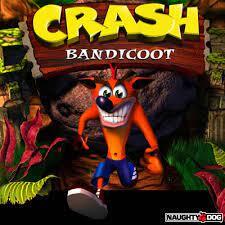
Alright, now onto Half-Life. This was Valve’s very first game, and was actually built off of a modified Quake engine. Their goal was to create a story-driven, continuous first person shooter, unlike anything else that really existed at the time (most shooters had minimal story and advanced the player through discrete levels, a la Doom/Quake). And if Valve’s legacy has anything to say about it, I’d say they succeeded! The story of Half-Life is presented very subtly to the player, as their character doesn’t speak and there’s no long sprawling dialogues. Instead, the player is drip-fed information over the course of several chapters, slowly learning more about the Black Mesa Research Facility and the “incident” you cause in the first 10 minutes of the game. Some things will only be explained by a passing comment some scientist or soldier says as you progress through the game, others only through inference.
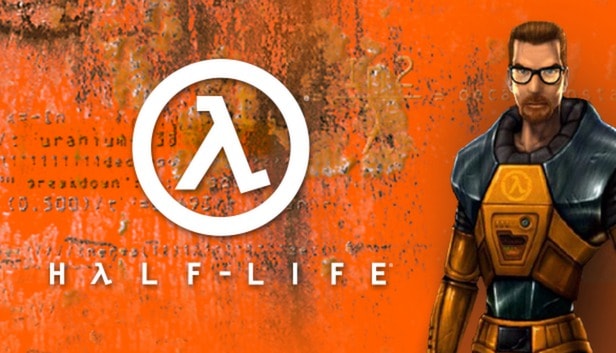
The gameplay itself is fantastic; classic 90s FPS action mixed with more complex AI that requires the player to slow down and think instead of just blasting everywhere with their plethora of weapons. Through the game, you end up exploring an entire secret research facility, go outside into the New Mexican desert, infiltrate military complexes, and even (spoilers?) go to space. The sheer size of the game’s main story and progression was enough to solidify it as an instant classic, and the online mode and subsequent releases by Valve have only furthered its legacy. I SUPER highly recommend checking out the original game on Steam (you know, the thing Valve made after Half-Life), or a FANTASTIC fan recreation called Black Mesa which is also on Steam. Black Mesa is more than just a reskin, and fully modernizes the game in many ways. Definitely worth checking out if you’re into sci-fi shooters and the like. Oh, one last fun fact, the guy that made all the music and sound effects for Half-Life (Kelly Bailey) also programmed some of the sound engine logic in the game!
